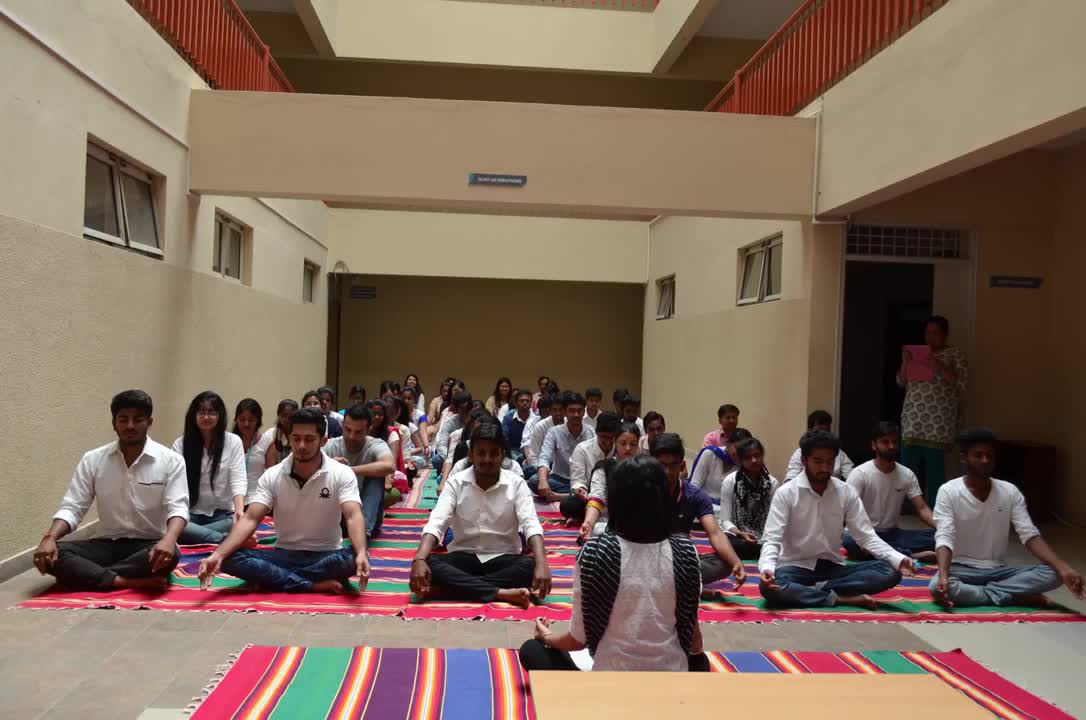All > Health and Physical Education > Yoga Videos
Yoga has grown in popularity with more than a decade of fitness efforts. It has become even more important to implement because of the rise of childhood obesity in the United States. CDC reported in 2015 that one-third of the nation's youth are actually overweight, making this health issue an epidemic as adverse consequences arise.
Being a low-intensity exercise, yoga has been implemented in schools as part of the health and physical education class. Yoga enriches young minds and bodies and make them feel relaxed and connected to the world around them. Overweight teens can practice yoga because of its inclusive nature. The tasks do not feel like work because it all has a nice flow, even for those who are unable to perform high-level poses. The developmental appropriateness of yoga makes it accessible and non-competitive. For this, it becomes available to diverse kinds of capacities.
Yoga brings in a combination of physical fitness, muscle strength, and flexibility. The practice may be unconventional to the traditional physical education mode, but it has slowly transitioned into the mainstream worldview because of its legitimate enhancement to self-management. Yoga helps students build that sense of connectedness of life as they practice, something that is not present when doing sports. Students take charge of their own health and wellness. They do away with excelling in a game. They respect their bodies and take care of it to become healthy for the long term.
While critics would say it’s too alternative, the truth is that it actually fulfills the traditional P.E. curriculum. Why? Because compared to the popular teens' sport that modern P.E. has become, yoga is more focused on individual development, balance and sense of space. Students do away with simply completing P.E. just to become the best at something. They become more in tune with realities and various capabilities. Yoga provides a holistic body-awareness that the curriculum seeks to achieve.









